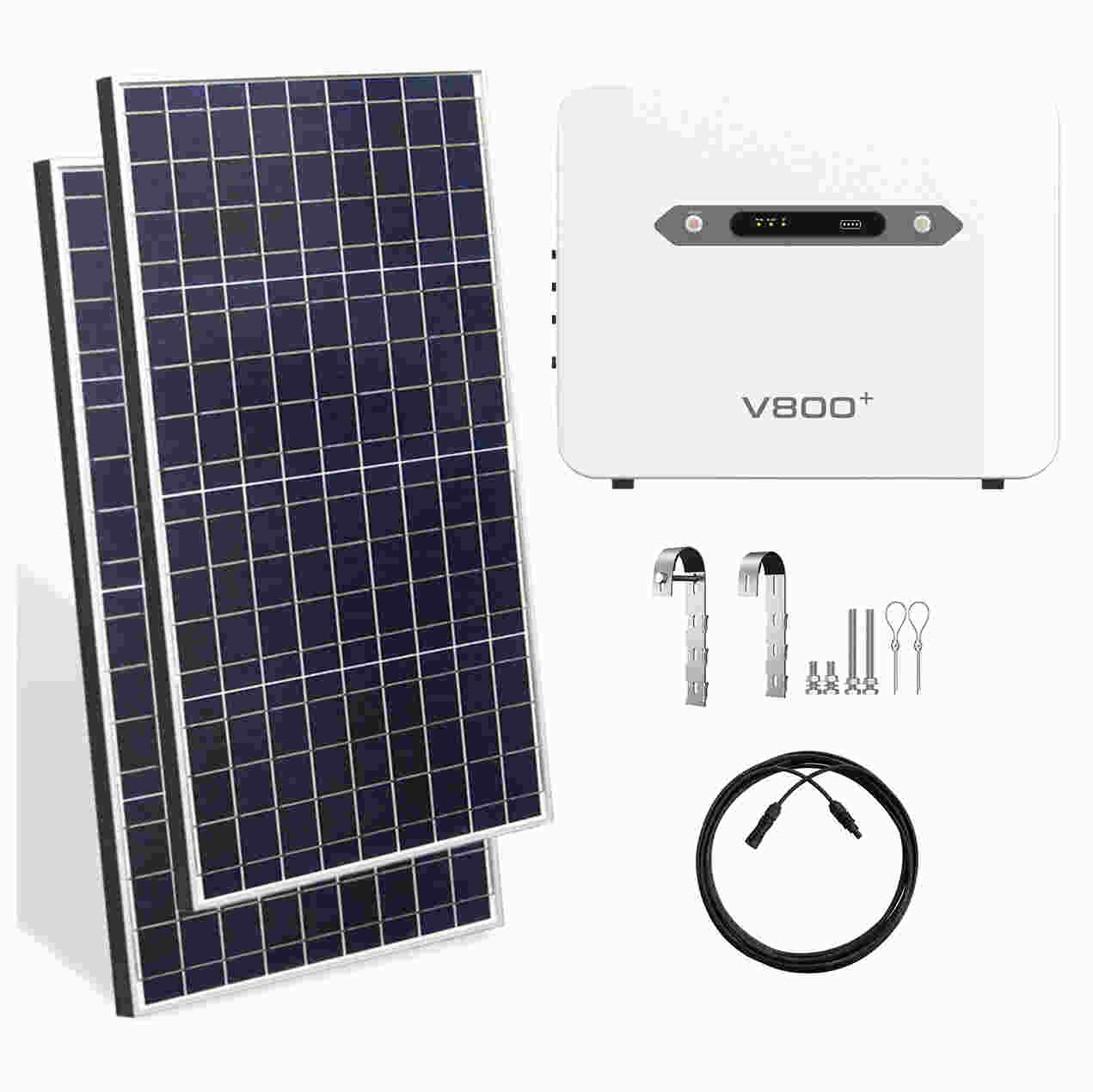Advances In Thermal Stability: Novel Materials, Characterization Techniques, And Future Applications
Introduction
Thermal stability—the ability of a material to retain its desired physical and chemical properties at elevated temperatures—is a cornerstone of modern technology. It is a critical parameter dictating the performance, safety, and longevity of materials across a vast spectrum of industries, from aerospace and energy to microelectronics and biomedicine. As operational environments become more extreme and performance demands escalate, the quest for materials with superior thermal resilience has intensified. Recent years have witnessed significant breakthroughs in understanding degradation mechanisms, synthesizing novel high-temperature materials, and developing advanced characterization tools, propelling the field of thermal stability into a new era.
Recent Research and Novel Materials
A primary focus of contemporary research has been the development of new material classes with inherently high thermal stability. Among these, high-entropy alloys (HEAs) and ultra-high-temperature ceramics (UHTCs) stand out.
HEAs, comprising five or more principal elements in near-equiatomic proportions, have revolutionized materials design. Their high configurational entropy stabilizes solid-solution phases, often leading to exceptional strength retention and resistance to softening at high temperatures. For instance, the Cantor alloy (CrMnFeCoNi) and its derivatives demonstrate remarkable mechanical stability even at cryogenic temperatures, but their resistance to oxidation at temperatures above 800°C remains a challenge. Recent work has focused on refractory-based HEAs (RHEAs) incorporating elements like Mo, Nb, Ta, and W. Alloys such as MoNbTaVW have shown structural stability beyond 1600°C, making them prime candidates for next-generation turbine blades and nuclear reactor components (Li et al., 2021). The challenge lies in mitigating their often poor oxidation resistance and high density through careful compositional tuning and the addition of elements like Cr or Si.
Concurrently, advancements in UHTCs—particularly borides, carbides, and nitrides of transition metals (e.g., ZrB2, HfC)—have pushed the boundaries of usable temperature ranges. The integration of silicon carbide (SiC) into these ceramics, forming composites like ZrB2-SiC, has been a landmark achievement. The SiC forms a protective silica (SiO2) glass layer upon oxidation, drastically improving the oxidation resistance of the composite above 1500°C (Fahrenholtz & Hilmas, 2017). Latest research explores the additive manufacturing of complex UHTC components and the incorporation of carbon nanotubes or graphene to enhance fracture toughness without compromising thermal properties.
Beyond structural materials, the thermal stability of functional materials, especially halide perovskites for photovoltaics, has been a major area of innovation. The inherent instability of organic-inorganic perovskites like MAPbI3 has been a bottleneck for commercialization. A pivotal breakthrough has been the development of all-inorganic perovskites (e.g., CsPbI3) and 2D/3D heterostructures, where bulky organic cations impart superior moisture and thermal resilience. Furthermore, surface passivation techniques and the use of stable lead-free alternatives (e.g., double perovskites like Cs2AgBiBr6) have shown promise in extending operational lifetimes under thermal stress (Wang et al., 2022).
Technological Breakthroughs in Characterization
Understanding material degradation is as crucial as synthesizing new ones. Here, the integration ofin-situandoperandocharacterization techniques represents a paradigm shift. Traditional thermogravimetric analysis (TGA) and differential scanning calorimetry (DSC) are now routinely coupled with mass spectrometry (MS) or Fourier-transform infrared spectroscopy (FTIR) to identify evolved gases during decomposition, providing direct insight into degradation pathways.
More sophisticated tools are emerging. Environmental transmission electron microscopy (ETEM) allows for the direct observation of microstructural evolution—such as grain growth, phase transformation, or void formation—in real-time under controlled atmospheres and at high temperatures. Similarly, synchrotron-based X-ray diffraction (XRD) and absorption spectroscopy can probe atomic-level changes in crystal structure and oxidation states under thermal load, offering unprecedented detail on the mechanisms of stability and failure. These techniques are moving from post-mortem analysis to predictive tools, enabling the design of materials based on a fundamental understanding of their high-temperature behavior.
Future Outlook and Challenges
The future of thermal stability research is poised at the intersection of computational science, advanced manufacturing, and nanotechnology. The integration of machine learning (ML) and artificial intelligence (AI) is accelerating the discovery of new thermally stable compositions by rapidly screening vast chemical spaces and predicting phase diagrams and properties, thus reducing reliance on costly and time-consuming trial-and-error experimentation.
Nanotechnology offers another promising frontier. The design of nanoscale architectures, such as nanolaminates, core-shell nanoparticles, and fibrous monoliths, can enhance thermal stability by creating diffusion barriers, pinning grain boundaries, and managing thermal stresses more effectively. For example, thermal barrier coatings (TBCs) with engineered microstructures can significantly improve the efficiency of gas turbines.
However, significant challenges persist. For many ultra-high-temperature materials, oxidation resistance remains the Achilles' heel. Future work must focus on designing materials that can form dense, adherent, and self-healing oxide scales. The trade-off between high-temperature strength and room-temperature toughness is another critical issue. Furthermore, the scalability and cost-effective manufacturing of these advanced materials must be addressed to enable widespread adoption.
Conclusion
The field of thermal stability is experiencing a renaissance, driven by the synthesis of novel material systems like HEAs and UHTCs, the application of sophisticatedin-situcharacterization tools, and the promising integration of computational design. These advances are not merely academic; they are fundamental to enabling transformative technologies, including hypersonic flight, advanced nuclear reactors, and high-efficiency energy conversion systems. As research continues to unravel the complex interplay between structure, composition, and properties at extreme temperatures, the development of materials that can withstand the most demanding environments is becoming an achievable reality.
References
Fahrenholtz, W. G., & Hilmas, G. E. (2017). Ultra-high temperature ceramics: materials for extreme environments.Scripta Materialia,129, 94-99.
Li, Z., et al. (2021). Mechanical properties of high-entropy alloys with emphasis on face-centered cubic alloys.Progress in Materials Science,102, 100-579.
Wang, Y., et al. (2022). Thermal stability of perovskite solar cells: from fundamental understanding to engineering interventions.Advanced Energy Materials,12(15), 210-278.
Customized/OEM/ODM Service
HomSolar Supports Lifepo4 battery pack customization/OEM/ODM service, welcome to contact us and tell us your needs.


HomSolar: Your One-stop LiFePO4 Battery Pack & ESS Solution Manufacturer
Our line of LiFePO4 (LFP) batteries offer a solution to demanding applications that require a lighter weight, longer life, and higher capacity battery. Features include advanced battery management systems (BMS), Bluetooth® communication and active intelligent monitoring.

Customised Lithium Iron Phosphate Battery Casing
ABS plastic housing, aluminium housing, stainless steel housing and iron housing are available, and can also be designed and customised according to your needs.

HomSolar Smart BMS
Intelligent Battery Management System for HomSolar Energy Storage System. Bluetooth, temperature sensor, LCD display, CAN interface, UART interface also available.


Terminals & Plugs Can Be Customized
A wide range of terminals and plugs can be customised to suit the application needs of your battery products.

Well-designed Solutions for Energy Storage Systems
We will design the perfect energy storage system solution according to your needs, so that you can easily solve the specific industry applications of battery products.



About Our Battery Cells
Our energy storage system products use brand new grade A LiFePO4 cells with a battery lifespan of more than 4,000 charge/discharge cycles.



Applications in Different Industries
We supply customized & OEM battery pack, assemble cells with wiring, fuse and plastic cover, all the cell wires connected to PCB plug or built BMS.
Applications: E-bike, Electric Scooter, Golf Carts, RV, Electric Wheelchair, Electric Tools, Robot Cleaner, Robot Sweeper, Solar Energy Storage System, Emergency Light, Solar Power Light, Medical Equipment, UPS Backup Power Supply.
We can provide you with customized services. We have the ability to provide a vertical supply chain, from single cells to pack/module and to a complete power solution with BMS, etc.


HomSolar (Shenzhen) Technology Co., Ltd
























